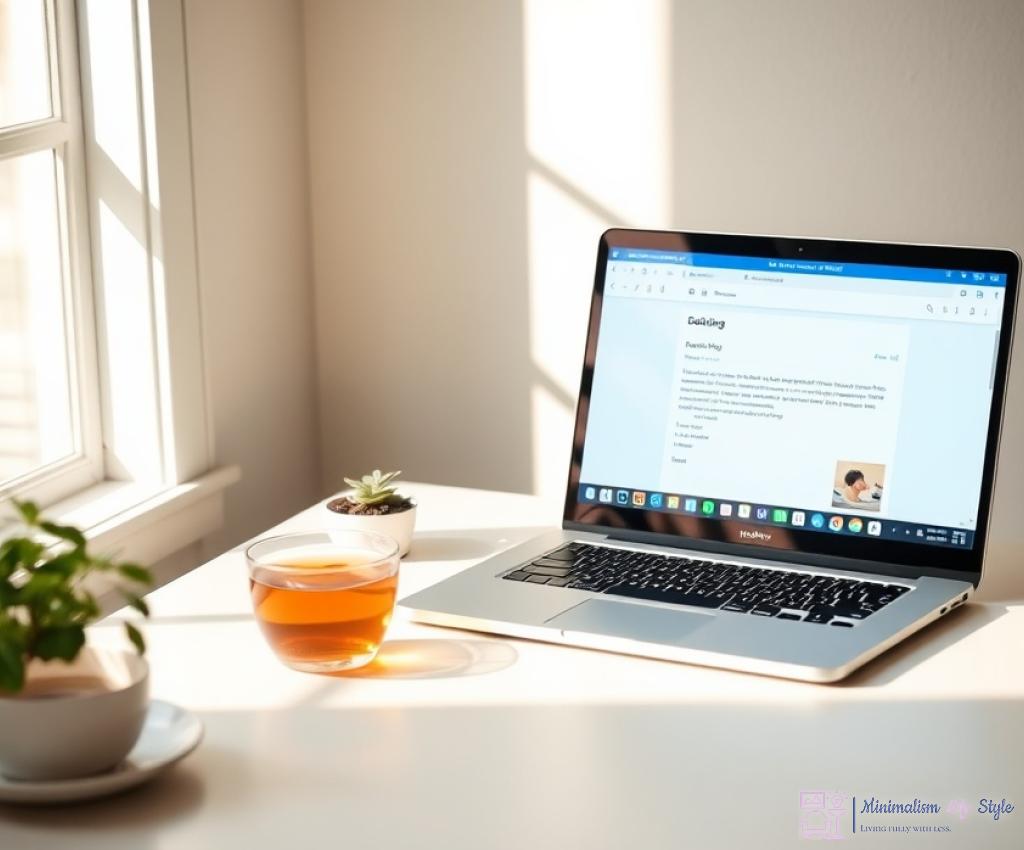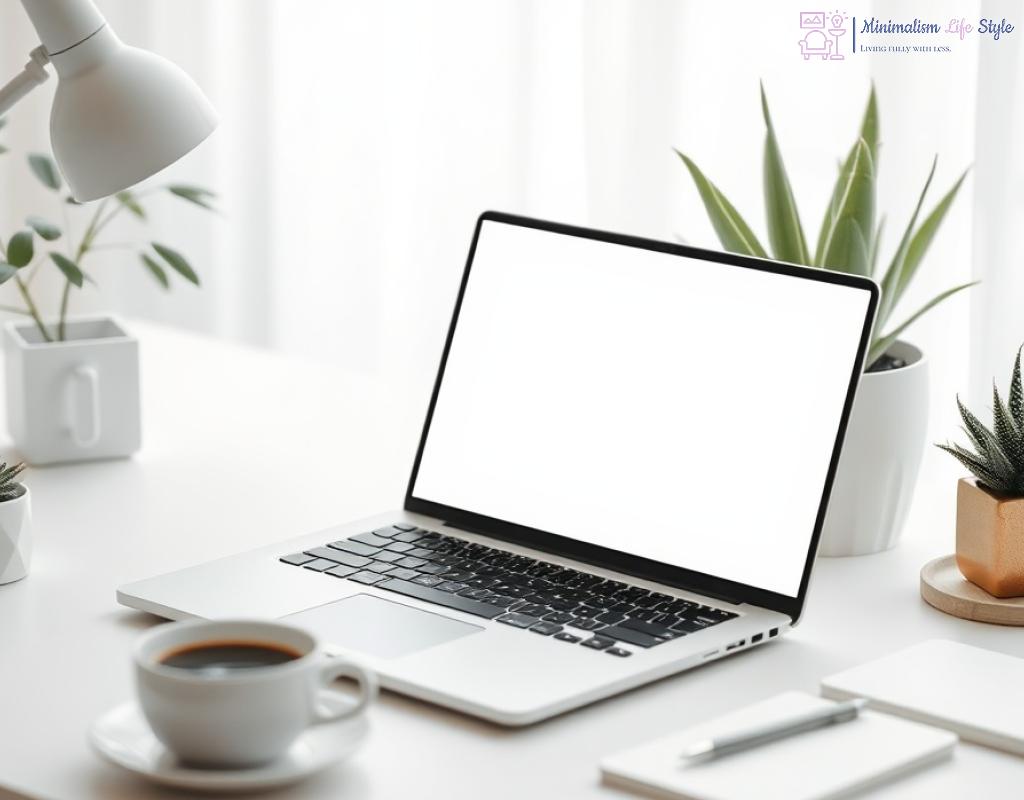The Art of Unsubscribing: Freeing Your Inbox

In today’s digital age, the average person receives hundreds of emails every week. This constant influx can lead to a cluttered inbox, making it difficult to focus on what truly matters. One effective way to regain control is through the art of unsubscribing. By carefully evaluating your subscriptions, you can significantly reduce email noise and create a more peaceful digital environment.
The first step in your unsubscribing journey is to identify which emails are serving a purpose and which are simply taking up space. This involves a bit of self-reflection and assessment of your current subscriptions. Ask yourself: Are these emails adding value to my life? Do they provide useful information, or are they just distractions?
To help you on this path, consider the following list of common types of subscriptions and their typical impacts:
- Newsletters: Often informative but can pile up quickly.
- Promotional Emails: Enticing offers that rarely lead to purchases.
- Social Notifications: Alerts from social platforms that can be overwhelming.
- Work-related Emails: Essential for productivity but can become excessive.
Now that you’ve identified the clutter, it’s time to take action. Unsubscribing is a straightforward process, but it does require a commitment to decluttering. Follow these simple steps:
- Open your email client and scan for unwanted subscriptions.
- Look for the unsubscribe link, usually found at the bottom of the email.
- Click the link and follow the prompts to remove yourself from the mailing list.
- Repeat this process for each email subscription that no longer serves you.
As you unsubscribe, remember that this is not just about reducing the number of emails you receive. It’s about prioritizing your mental space and ensuring that your inbox becomes a tool for productivity rather than a source of stress.
Organizing Folders: Create a System That Works
Once you’ve taken the bold step of unsubscribing from unnecessary emails, the next phase in your quest for a minimalist inbox is organizing your folders. A well-structured email folder system not only enhances your productivity but also contributes to a sense of control over your digital communications. The key to an effective folder system lies in customization—tailoring it to your unique needs and preferences.
Understanding Your Email Landscape is the first step toward creating a folder system that resonates with your workflow. Consider the types of emails you receive. Are they predominantly work-related, personal, or promotional? By categorizing your emails, you can design a folder structure that makes retrieval intuitive and efficient. For instance, a professional might benefit from folders labeled ‘Projects,’ ‘Client Communications,’ and ‘Reports,’ while a casual user might prefer ‘Travel,’ ‘Finance,’ and ‘Family.’
Implementing a Color-Coded System can further enhance your organizational efforts. Visual cues can significantly speed up the process of locating specific emails within your folders. Assign different colors to each folder based on their category; for example, use blue for work-related emails and green for personal ones. This simple yet effective strategy can make navigating your inbox a breeze, allowing you to focus on what truly matters.
As you develop your folder system, it’s crucial to establish a routine for managing new incoming emails. Regularly dedicate time—perhaps once a week—to review your folders and ensure that emails are correctly sorted. This practice not only keeps your inbox clutter-free but also fosters a habit of mindfulness regarding your digital communications.
Finally, be flexible and willing to adjust your system as necessary. As your life evolves, so will your email habits. What works today might not serve you tomorrow, so don’t hesitate to re-evaluate your folders and make changes accordingly. The ultimate goal is to create a seamless flow in your email management, allowing you to spend less time organizing and more time engaging with the content that matters.
Email Rules and Filters: Automate Your Workflow
In the quest for a minimalist email experience, one of the most powerful tools at your disposal is the use of email rules and filters. These features allow you to automate the organization of your inbox, transforming an overwhelming flood of messages into a streamlined and manageable flow. By leveraging these tools, you can not only enhance your productivity but also reclaim precious time that would otherwise be spent sifting through countless emails.
To begin with, understanding the basics of email rules is essential. Essentially, email rules are specific criteria you can set to dictate how incoming messages should be handled. For instance, you might want all promotional emails to be automatically directed to a designated folder, thereby keeping your primary inbox reserved for important communications. This method not only reduces the visual clutter but also minimizes distractions, allowing you to focus on what truly matters.
Crafting effective email filters requires a thoughtful approach. Start by identifying common characteristics of the emails you receive. Are there particular senders whose messages warrant immediate attention? Do certain keywords frequently appear in your most critical communications? By answering these questions, you can create filters that prioritize your emails based on relevance.
For example, you could establish a rule that highlights emails from your boss or critical clients, ensuring they land at the top of your inbox. Alternatively, you might choose to filter out newsletters and promotional offers into their own folder, allowing you to access them at your leisure without them cluttering your immediate view. This proactive approach not only enhances your workflow but also fosters a sense of control over your digital environment.
Many email platforms offer advanced features that can further enhance the effectiveness of your filtering system. For instance, consider utilizing the priority inbox feature, which automatically sorts emails into categories such as ‘Important’ and ‘Everything Else’. This can be particularly beneficial for those who receive a high volume of messages daily.
Additionally, setting up recurring filters can streamline your workflow even further. If you frequently receive emails from a specific project or client, configuring a filter that labels these messages accordingly can save you time and minimize the mental load associated with email management. By establishing these automated systems, you can create a more efficient and less stressful email experience.
| Feature | Description |
|---|---|
| Email Rules | Criteria to automatically manage incoming messages based on sender, subject, or keywords. |
| Priority Inbox | A sorting mechanism that categorizes emails into ‘Important’ and ‘Everything Else’, enhancing focus. |
| Recurring Filters | Automated labeling for specific projects or clients, reducing organization time. |
Ultimately, mastering the art of email rules and filters is a game-changer in your pursuit of a decluttered inbox. By automating your workflow, you can ensure that your email interactions are not only manageable but also meaningful. Embrace these tools, and you’ll find yourself navigating your digital communications with newfound ease and clarity.
The Two-Minute Rule: Tackle Emails Effectively
In the relentless pace of modern life, emails can quickly become overwhelming. However, adopting effective strategies can transform how you interact with your inbox. One highly effective method is the Two-Minute Rule, which encourages swift action on emails that can be addressed in two minutes or less. This approach not only facilitates a more organized inbox but also enhances your overall productivity.
The essence of the Two-Minute Rule is simple yet powerful. When you encounter an email that requires a quick response or action, rather than postponing it, you tackle it immediately. This proactive attitude helps to prevent the accumulation of minor tasks that can create a mountain of stress later on. By making the decision to handle small tasks right away, you can free up mental space for more significant projects and decisions.
Implementing the Two-Minute Rule requires a shift in mindset. It’s about prioritizing efficiency and recognizing that many emails do not require extensive deliberation. For instance, responding to a quick question from a colleague or confirming an appointment can often be completed in under two minutes. By embracing this philosophy, you not only manage your inbox more effectively but also foster a sense of accomplishment as you tick off tasks in real-time.
Moreover, this rule encourages you to assess the urgency and importance of your emails. If a message demands immediate attention but takes longer than two minutes, consider whether it can be scheduled for later or delegated to someone else. This discernment further streamlines your email experience, allowing you to focus on what truly matters.
Integrating the Two-Minute Rule into your daily routine can significantly enhance your email management strategy. Start by allocating specific times during the day to check your email, treating it like a task on your to-do list rather than a constant distraction. During these designated times, apply the Two-Minute Rule rigorously. This practice not only encourages swift action but also helps to establish boundaries around your email interactions.
In addition, using tools such as flags or labels can help you identify emails that may require more time and attention while still allowing you to address shorter messages immediately. By categorizing your emails based on urgency and complexity, you maintain clarity and control over your inbox.
Ultimately, the Two-Minute Rule can revolutionize your approach to email management. By committing to take immediate action on brief tasks, you can cultivate a more minimalist inbox and a serene digital environment. This strategy not only alleviates the burden of a cluttered inbox but also empowers you to direct your energy toward more meaningful engagements.
Archiving vs. Deleting: Know When to Let Go
In the process of achieving a minimalist email environment, the decision to archive or delete can be a pivotal moment in your journey. Understanding the nuances between archiving and deleting can significantly impact how you manage your digital space. As your inbox transforms, knowing when to preserve information for future reference and when to let go entirely is essential for maintaining clarity and focus.
Archiving serves as a safeguard for important emails that you might need later, allowing you to free your inbox from clutter while retaining valuable information. This practice is particularly useful for communications that contain crucial insights, project details, or essential contacts. By archiving, you can keep your inbox streamlined without sacrificing access to meaningful content. It’s a way to create a balance between keeping what matters and removing the noise. When deciding whether to archive, ask yourself whether the email holds value for future reference. If an email contains actionable tasks or information that may be relevant down the line, archiving it is a wise choice.
On the other hand, deletion is a definitive action aimed at eliminating unnecessary emails from your life. The benefit of deleting is twofold: it reduces the volume of emails you deal with and helps you avoid the temptation to revisit old discussions that no longer serve you. In a world inundated with information, it’s crucial to recognize when an email has outlived its purpose. If an email doesn’t contribute to your current projects or doesn’t hold sentimental value, feel empowered to delete it without hesitation. This decision can free up mental space and allow you to focus on your present tasks without the distraction of outdated correspondence.
The choice between archiving and deleting often comes down to a simple evaluation of relevance and urgency. When faced with an email, consider its potential future value. If an email has actionable items that might be useful later, archiving keeps it accessible without clutter. Conversely, if it’s a promotional email or an outdated notification, deletion helps you maintain a clean slate. It’s important to develop a personal criteria that guides your decisions; this could be based on factors such as project relevance, sender importance, or the overall utility of the information contained within the email. Trust in your judgment to make these choices, and remember that the goal is to cultivate an inbox that serves your needs now and in the future.




